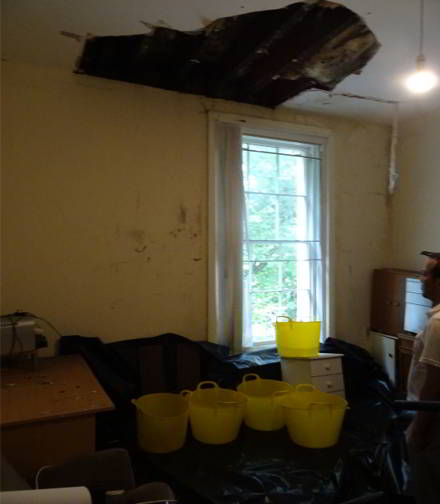Housing disrepair can become a serious problem when a landlord fails to carry out necessary repair works. There has recently been a rise in the number of housing disrepair claims. C7 Surveyors investigates [More]



Physiological Requirements
1. Damp and mould growth
2. Excess cold
3. Excess heat
4. Asbestos and manufactured mineral fibres
5. Biocides
6. Carbon monoxide and fuel combustion products
7. Lead
8. Radiation
9. Uncombusted fuel gas
10. Volatile organic compounds
Psychological Requirements
11. Crowding and space
12. Entry by intruders
13. Lighting (including natural)
14. Noise
Protection Against Infection
15. Domestic hygiene, pests and refuse
16. Food safety
17. Personal hygiene, sanitation and drainage
18. Water supply for domestic purposes
Protection Against Accidents
19. Falls associated with baths etc.
20. Falls on the level
21. Falls associated with stairs and steps
22. Falls between levels
23. Electrical hazards
24. Fire
25. Hot surfaces and materials
26. Collision and entrapment
27. Explosions
28. Position and operability of amenities
29. Structural collapse and falling elements
Please get in touch if you have a requirement and want to discuss further or fill out the form below.
Housing disrepair can become a serious problem when a landlord fails to carry out necessary repair works. There has recently been a rise in the number of housing disrepair claims. C7 Surveyors investigates [More]